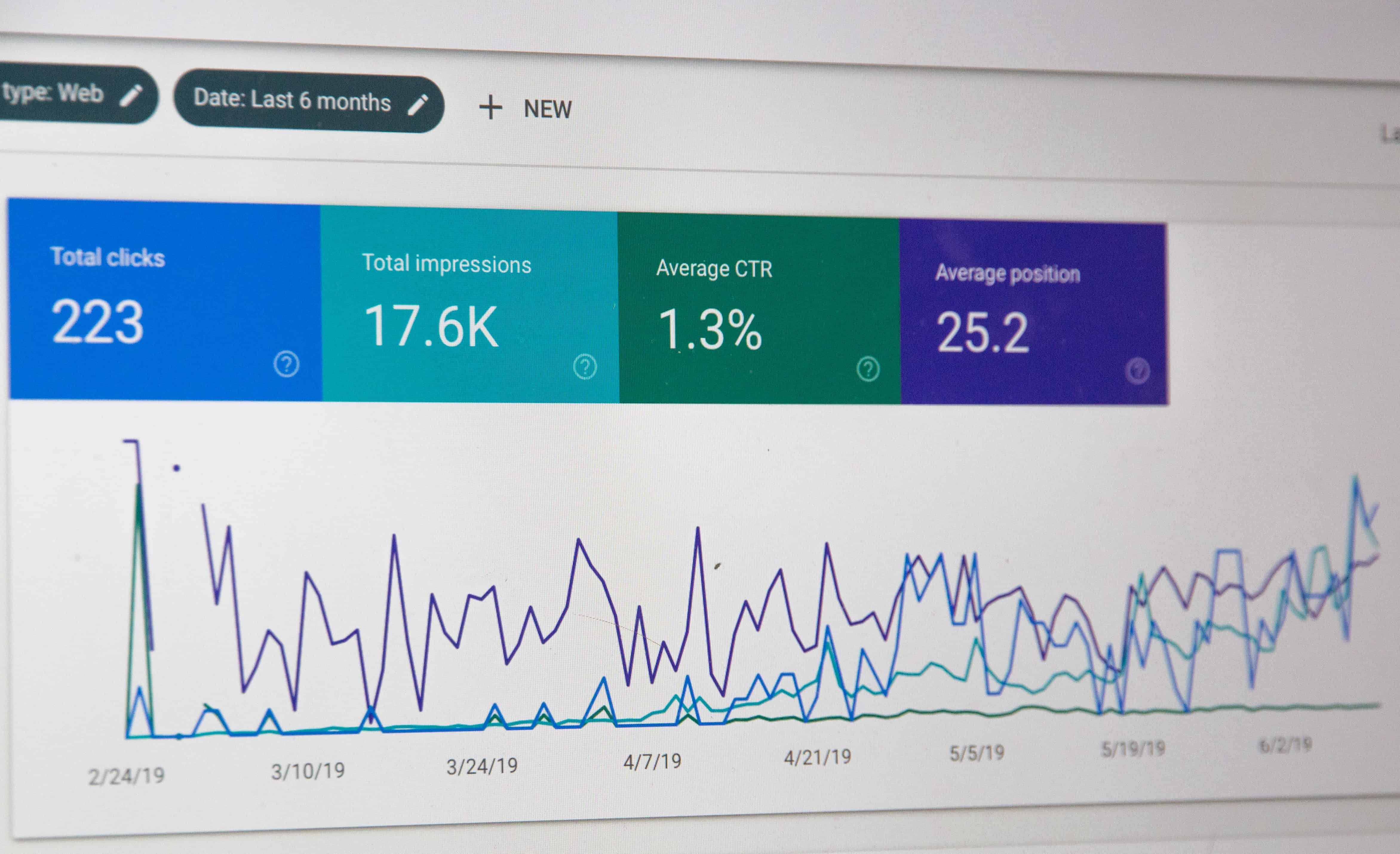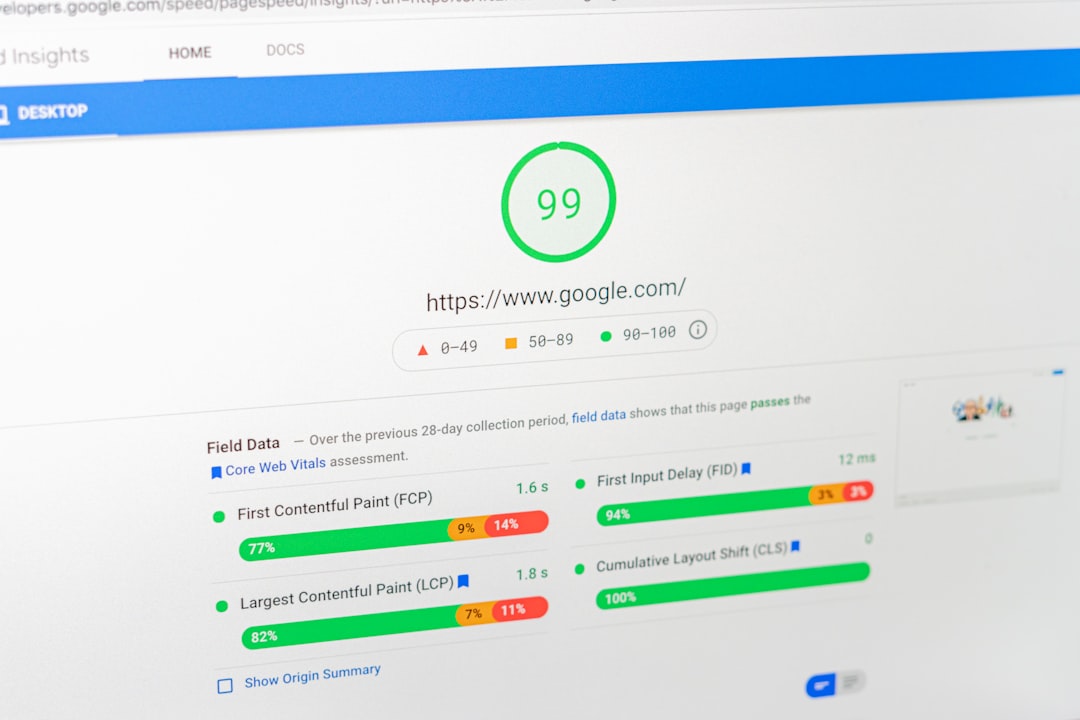Programmatic SEO: Guardrails to Avoid Thin Content
You’ve heard about it. You’ve seen it work miracles. It’s the secret weapon behind thousands of pages getting indexed in record time. We’re talking about Programmatic SEO.
It sounds fancy, right? Like a robot wizard that churns out website pages while you sip coffee. Well, that’s partly true. But here’s the catch — if not done right, it can quickly become a content graveyard. Pages no one reads. Pages Google frowns upon. Pages full of thin content.
Let’s break it down and give you the guardrails to keep things on track — and fun while we’re at it.
What Is Programmatic SEO?
Imagine creating hundreds or even thousands of pages all at once. These pages follow a similar structure but include different data points. Think:
- A travel site listing cities with attractions
- A real estate platform listing properties by region
- A recipe blog creating pages for every ingredient combo
Each page targets a unique long-tail keyword. Each page has the potential to bring in organic traffic. The magic lies in scalability. But the danger lies in quality.
Thin Content: The Programmatic Villain
Thin content refers to pages with little or no value to the user. It’s like grabbing fast food when you’re starving — it might fill you up, but you’re not happy afterward.
Search engines are hungry for valuable content. If your programmatic pages don’t offer anything new or useful, Google might ignore them. Worse, they might harm your entire site’s reputation.

So, how do we avoid that? How do we create programmatic pages that sparkle with value?
Guardrails to Avoid Thin Content
Let’s explore the golden rules for keeping your pages fresh, useful, and SEO-friendly.
1. Start with Real User Search Intent
This is your foundation. Ask yourself: What is the user trying to achieve when they type this search term?
Don’t just fill your page with keyword variations. Make sure your content answers questions, solves problems, or provides insights. A page that serves intent will always beat fluff.
2. Add Unique, Value-Driven Information
Automation doesn’t mean duplication. Use structured data creatively:
- Include ratings, reviews, or custom stats
- Add local data or regional flavor
- Provide charts or timelines
Each page should feel meaningfully different from every other page.
3. Combine Static and Dynamic Content
Use templates, but spice them up.
Add a short, handwritten intro or conclusion. Insert quotes, tips, FAQs, or “Did you know?” sections. Anything that gives your page a little human touch can make a big difference.

4. Use Internal Linking Wisely
Link between your programmatic pages. Create hub pages that connect related content. This helps users explore your site and boosts SEO.
Don’t just link randomly. Use meaningful anchor text. Build topics into mini ecosystems.
5. Watch Page Depth and Structure
Don’t bury programmatic pages five clicks deep into your site. Keep them accessible. A clean URL structure helps search engines crawl better — and users stay longer.
Example:
/destinations/california/los-angeles
… is much better than:
/page?id=8743&type=city®ion=west
6. Prune the Low Performers
Every once in a while, roll up your sleeves and do a content audit.
- Are your pages indexed?
- Are they receiving traffic?
- Do users stay or bounce right away?
If a page isn’t pulling its weight, either update it or remove it. Don’t let it drag your whole site down.
7. Avoid AI-Only Generation
We get it — AI tools are amazing (we’re one!). But they can’t do it all.
Use AI to help, not to dominate. Review content manually. Use your human brain to add nuance, voice, and context. It makes your content more trustworthy and engaging.
8. Make It Visually Rich
Add images, tables, charts, and even video. A wall of plain text is so 2005.
Even if your page is programmatically generated, give it style. Use formatting. Highlight key sections. Make the page feel alive!
9. Don’t Forget Metadata
Your title tag and meta description should match the value of your page. Don’t make them generic.
Dynamic doesn’t mean boring. Add keywords and a little spice. Think of metadata as your page’s pickup line — make it charming!
Real-Life Example: Local Directory Done Right
Imagine a site with thousands of pages — each focused on a different city. If every page just lists the city name and population, that’s thin.
But now imagine those pages offering:
- Top industries and employers in that city
- Local school ratings
- Weather patterns and best seasons to visit
- User-submitted reviews and photos
Boom! Now it’s value-rich. Google will love it. Users will thank you.
A Few Bonus Tips
- Speed matters: Optimize your programmatic pages for fast loading.
- Mobile-friendly: Make sure designs work on all screen sizes.
- Schema markup: Help Google understand your structured data.

Your Programmatic SEO Toolkit
Here are a few tools (some free!) that will keep your content on the right path:
- Ahrefs/Semrush: Spot keyword opportunities
- Screaming Frog: Check for thin content and crawl issues
- Google Search Console: Discover what’s working (and what’s invisible)
- ChatGPT or Claude: Generate structured inputs and snippet copy
Conclusion: Scale Smart, Not Fast
Programmatic SEO is a powerful strategy when done with care. It can drive massive traffic. But it’s easy to slip into the thin content trap.
Use the guardrails. Focus on real value. Keep humans in the loop — both when writing and reading. The goal isn’t to create 10,000 pages. The goal is to create 10,000 great pages.
And if you ever have doubts, ask: Would I be happy landing on this page?
If the answer is yes — congratulations! You’ve mastered the art of programmatic SEO.
- How to Practice Intentional Spending - January 1, 2026
- Wired Block: Blockchain Developments - January 1, 2026
- How to Fix Roblox ‘Content Not Accessible’ Error? - January 1, 2026
Where Should We Send
Your WordPress Deals & Discounts?
Subscribe to Our Newsletter and Get Your First Deal Delivered Instant to Your Email Inbox.



